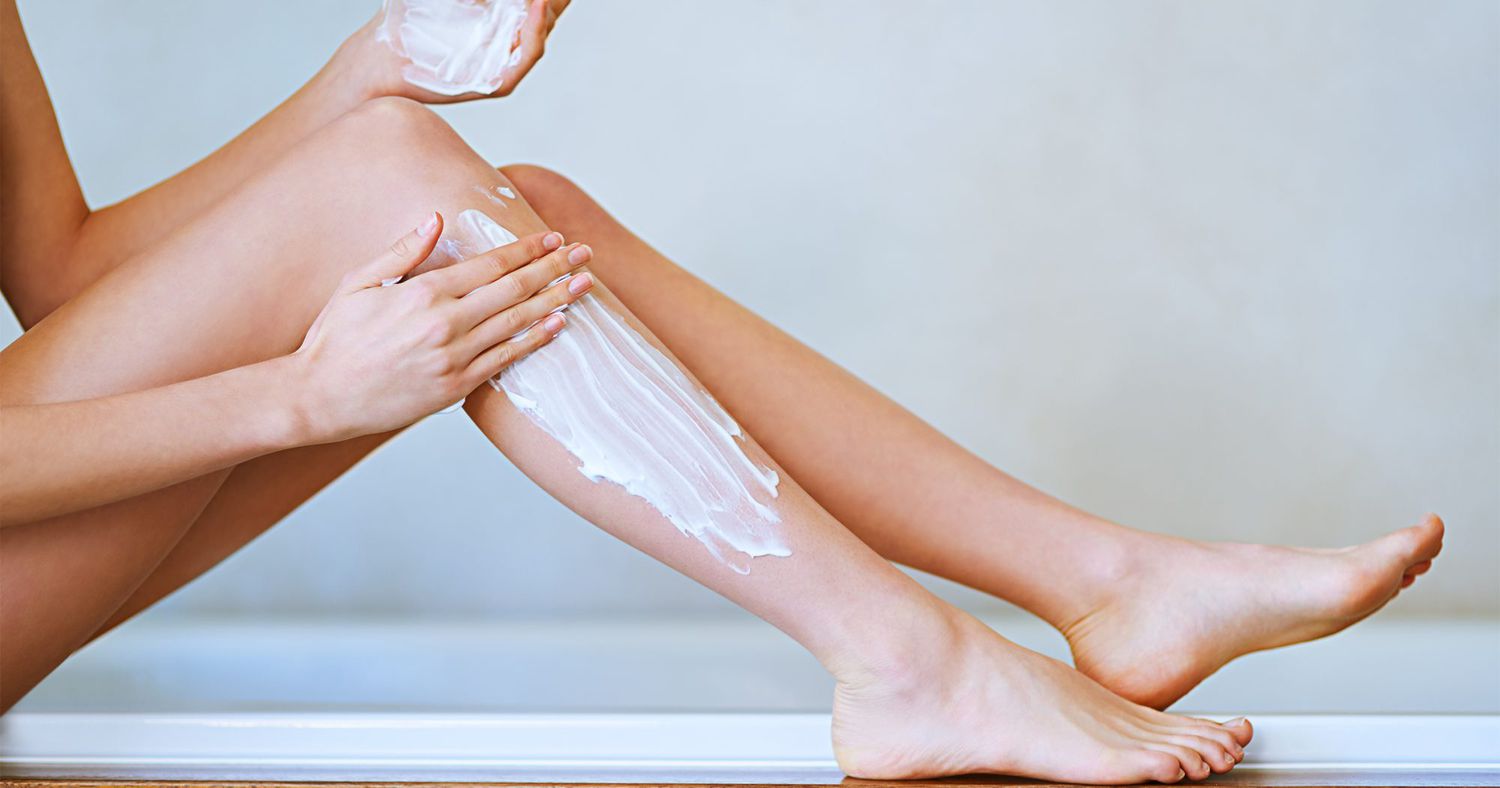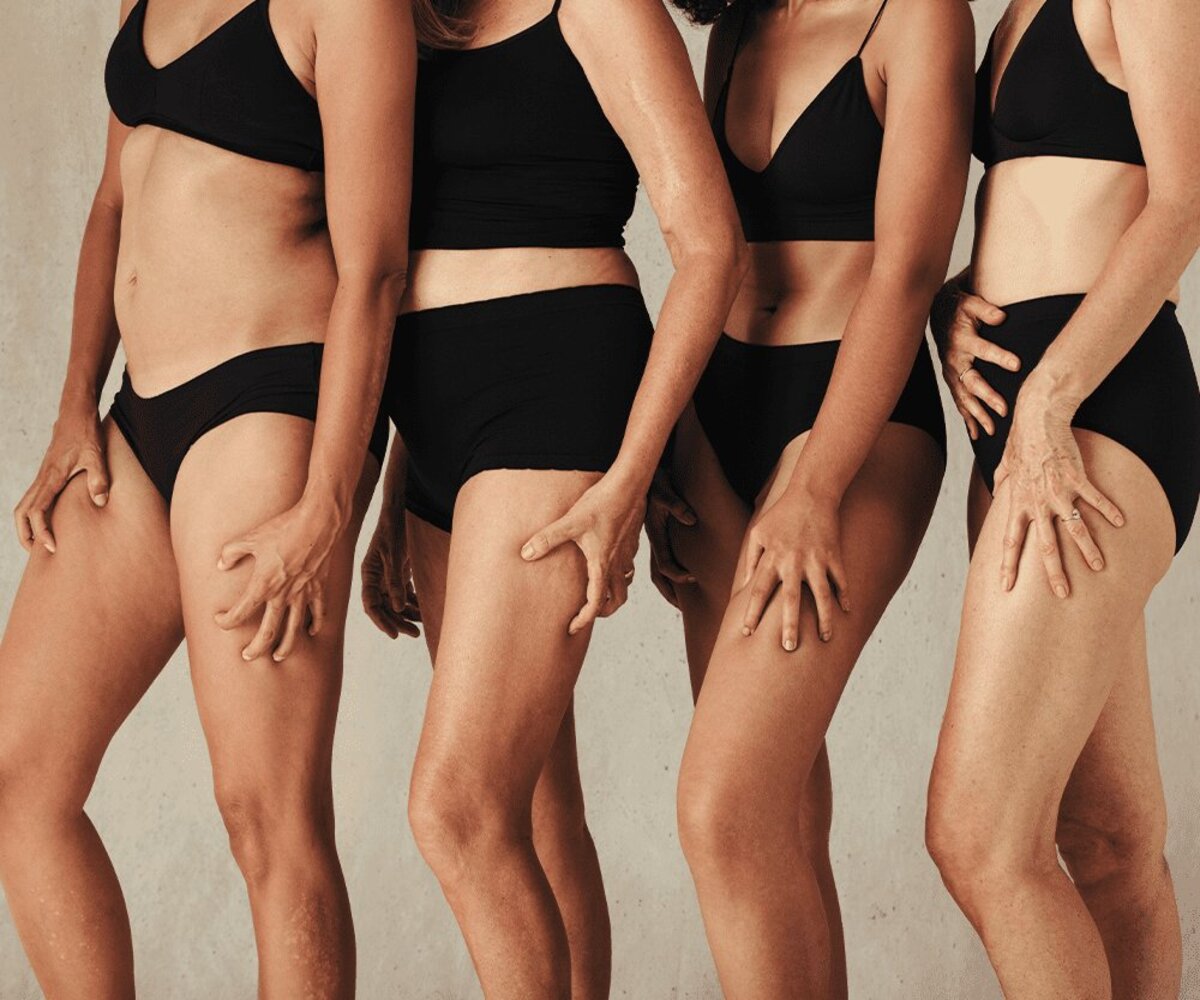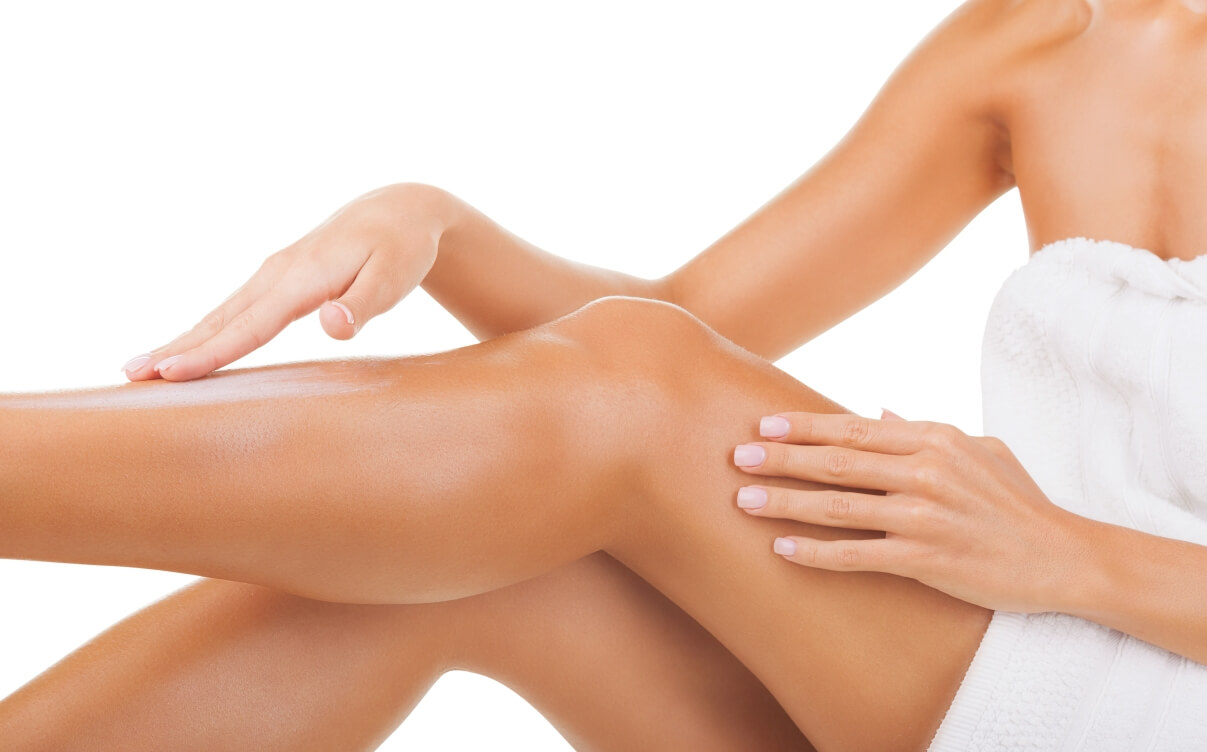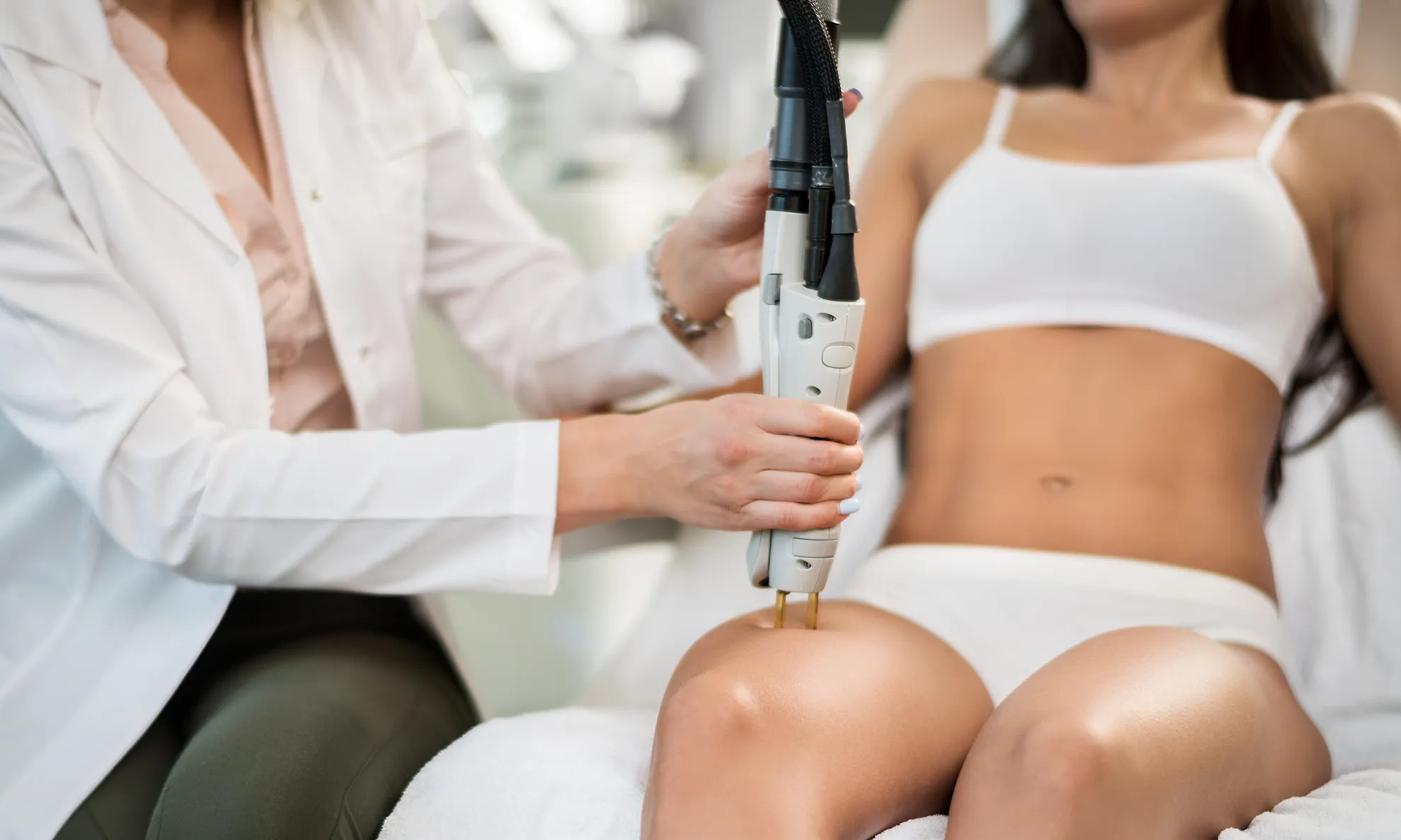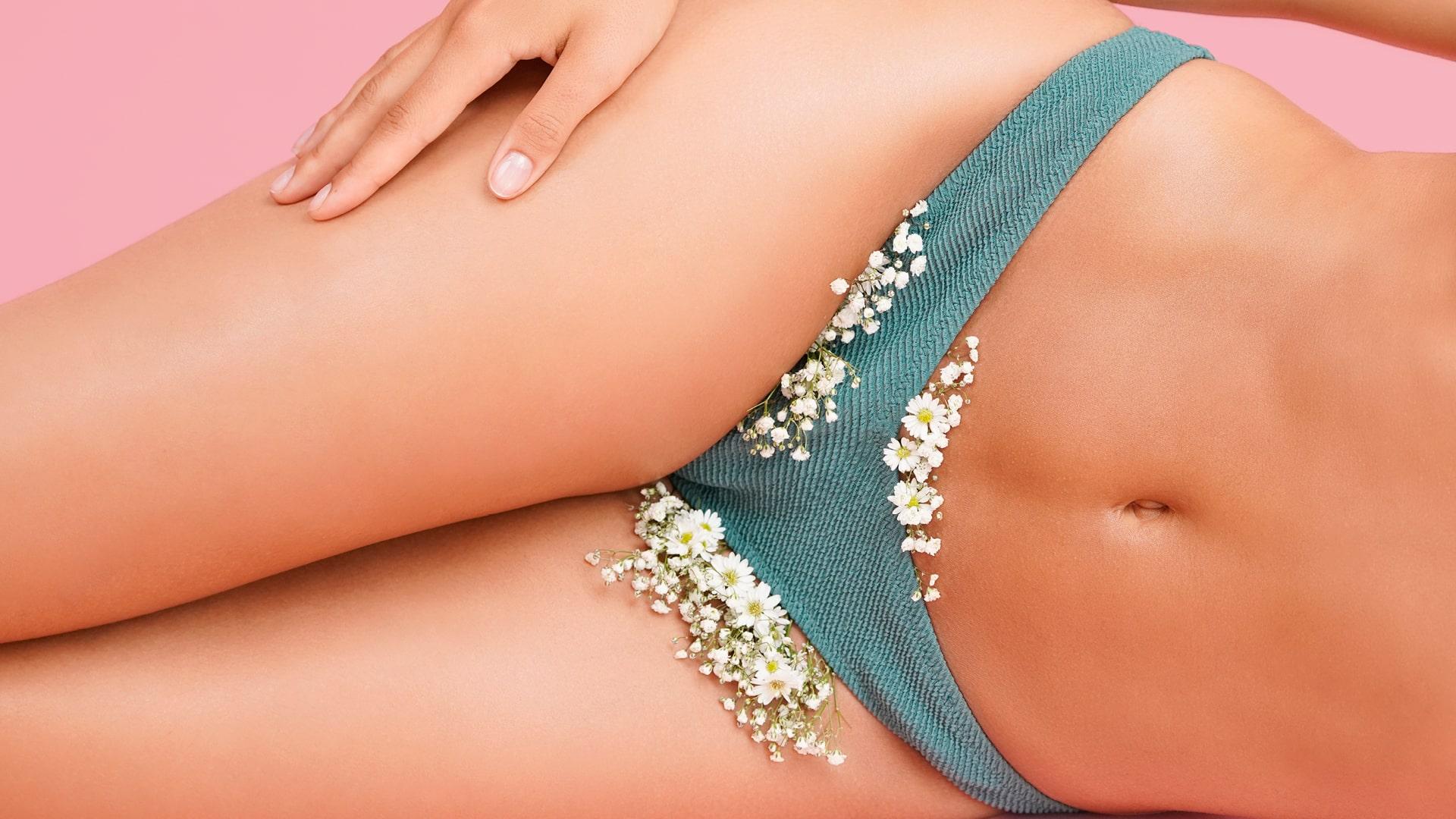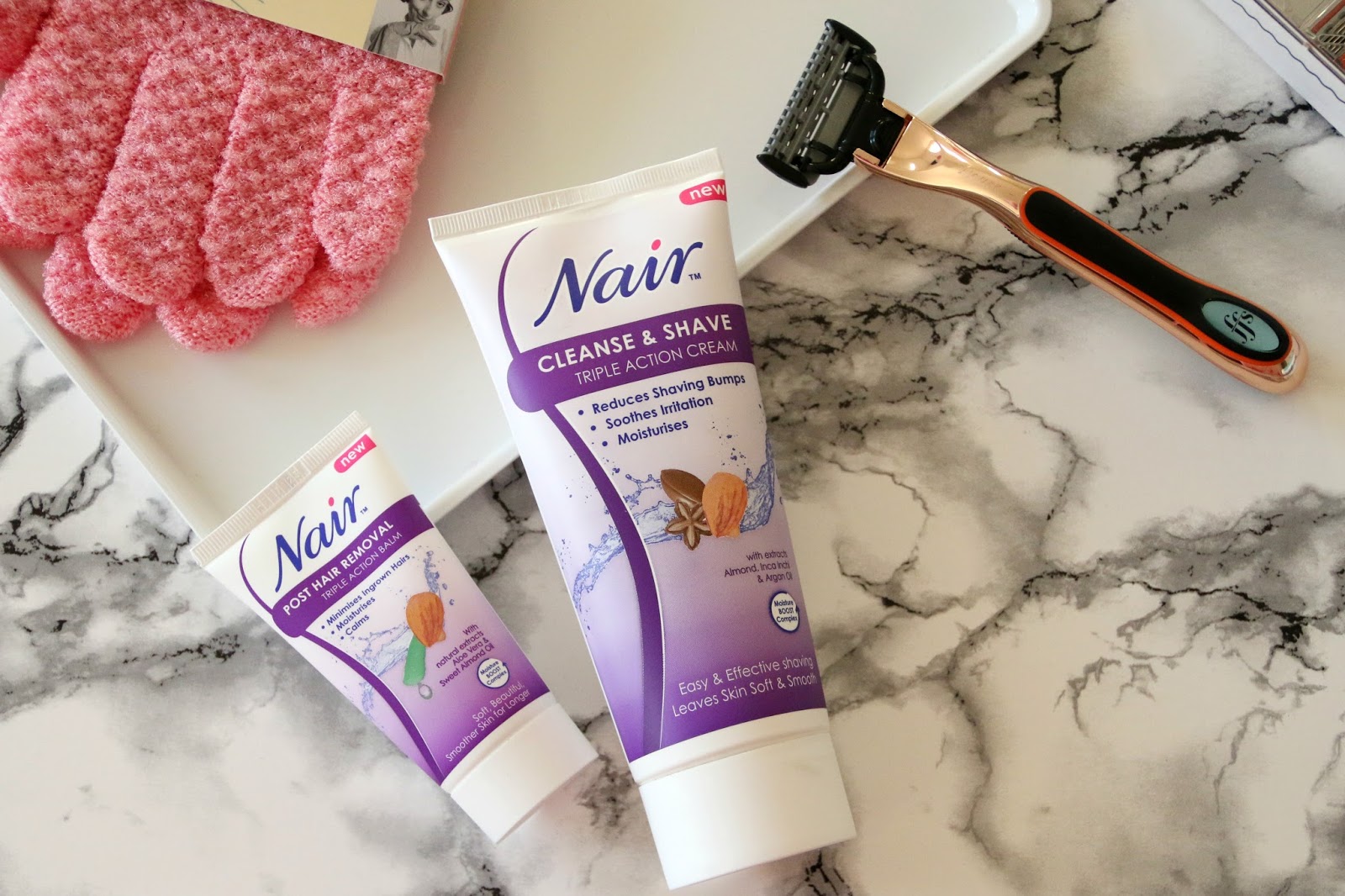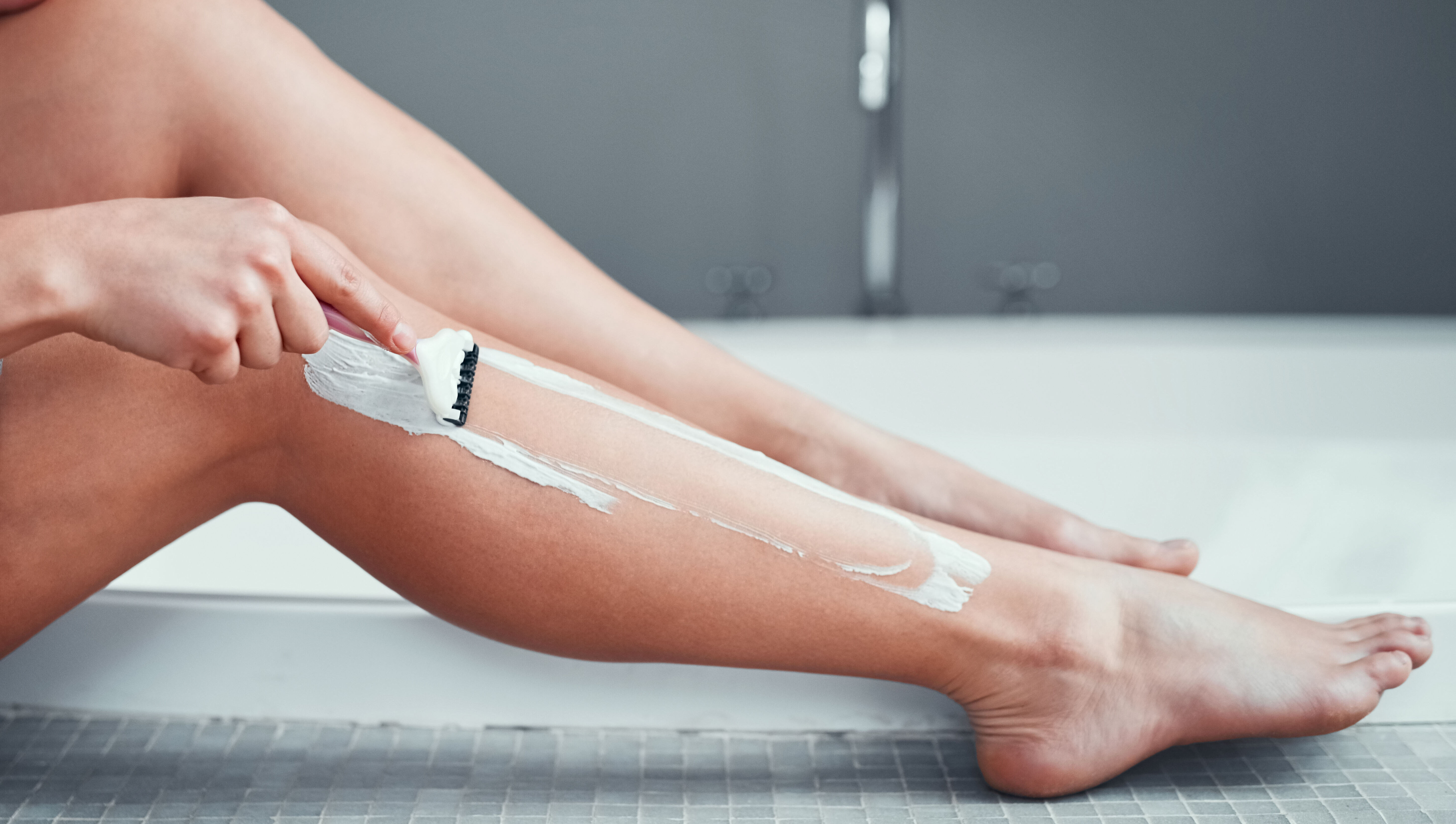

FAQs
How Long Does Hair Removal Cream Last
Modified: August 5, 2023
Find out how long hair removal cream lasts and get answers to general questions about its effectiveness and duration.
(Many of the links in this article redirect to a specific reviewed product. Your purchase of these products through affiliate links helps to generate commission for Under-tec.com, at no extra cost. Learn more)
Table of Contents
Introduction
Are you tired of the endless cycle of shaving or painful waxing sessions? Hair removal creams might be the solution you’ve been looking for. If you’re new to the world of hair removal creams, you may have some questions about how long the effects last and what factors can influence their duration. In this article, we will delve into the world of hair removal creams, exploring their efficacy and the factors that can affect how long they last.
Hair removal creams, also known as depilatory creams, provide a convenient and painless alternative to traditional hair removal methods. These creams work by breaking down the protein structure of the hair, allowing it to be easily wiped away. They are typically applied to the desired area, left on for a specified amount of time, and then gently wiped off with a cloth or spatula, taking the unwanted hair with them. Hair removal creams are available for different areas of the body, including the face, legs, underarms, and bikini line.
Now, you might be wondering, how long do the effects of hair removal creams actually last? The duration of the smoothness can vary depending on several factors. While hair removal creams provide convenient and relatively long-lasting results, it’s important to manage your expectations and understand that the effects are not permanent. The duration can range from a few days to a few weeks, but it ultimately depends on various factors such as your hair growth rate, the specific brand of cream used, and the individual characteristics of your hair.
In the next sections, we’ll explore these factors in more detail, discuss the average duration of hair removal creams, and provide some tips on how to make the effects last longer. We’ll also delve into the potential side effects that can occur and how to mitigate them. So, let’s dive in and explore the world of hair removal creams!
Understanding Hair Removal Cream
Hair removal creams, also known as depilatory creams, are cosmetic products designed to remove unwanted body hair. These creams contain chemical agents that weaken the hair’s protein structure, making it easier to remove. Unlike traditional methods like shaving or waxing, which remove hair from the surface, hair removal creams work by dissolving the hair just below the skin’s surface.
The active ingredients in hair removal creams typically include chemicals such as calcium thioglycolate or potassium hydroxide. These ingredients break down the keratin proteins in the hair shaft, weakening it and allowing it to be wiped away more easily. Some creams may also contain soothing agents like aloe vera or chamomile to minimize skin irritation.
Using hair removal creams is a simple and relatively painless process. First, you apply a generous amount of cream to the desired area, making sure to cover all the hair you want to remove. The cream is then left on for a specific duration, usually between 5 to 10 minutes, depending on the product instructions. During this time, the chemicals in the cream work to dissolve the hair shaft.
After the specified time has passed, you can remove the cream using a spatula or cloth. Gently wipe away the cream and hair in the direction opposite to the hair growth. Rinse the area with water and pat it dry. You’ll be left with smooth, hair-free skin without the pain and potential skin irritation associated with other hair removal methods.
It’s important to note that hair removal creams are not suitable for everyone. Some people may have sensitive skin that reacts adversely to the chemicals in the cream, causing irritation or allergic reactions. It’s recommended to carry out a patch test on a small area of skin before applying the cream to a larger area, especially if you have had reactions to similar products in the past.
Furthermore, hair removal creams are specifically formulated for different areas of the body. Using a facial hair removal cream on the bikini line or vice versa can lead to skin irritation and discomfort. Make sure to select a cream that is appropriate for the area you wish to treat to achieve the best results.
Now that we have a better understanding of how hair removal creams work, let’s explore the factors that can affect how long their effects last.
Factors Affecting the Duration of Hair Removal Cream
The duration of the effects of hair removal creams can vary from person to person and depend on several factors. Understanding these factors can help manage your expectations and maximize the longevity of the smoothness achieved. Let’s take a closer look at the key factors that can influence how long the effects of hair removal creams last.
- Hair Growth Rate: One of the primary factors that affect the duration of hair removal cream is your hair’s natural growth rate. Hair grows in different cycles, and the cream can only remove the hair that is above the skin’s surface. As new hair follicles enter the growth phase, they will eventually become visible, and you may need to reapply the cream to maintain hair-free skin. On average, you can expect the effects of hair removal creams to last anywhere from a few days to a couple of weeks.
- Specific Brand and Formula: The brand and formula of the hair removal cream you choose can significantly impact its effectiveness and longevity. Different brands may use varying concentrations of active ingredients or additional soothing agents. Opting for reputable brands with positive reviews can help ensure better results and a longer-lasting effect.
- Hair Thickness and Density: The thickness and density of your hair can also influence how long the effects of the cream last. Thicker or denser hair may be more resistant to the cream’s chemical action, requiring longer application times. Additionally, areas with more hair follicles, such as the underarms or bikini line, may require more frequent applications compared to areas with lighter hair growth.
- Proper Application and Removal: The way you apply and remove the hair removal cream can affect its effectiveness. Ensure that you apply a thick, even layer of cream to cover all the hair you want to remove. Follow the product instructions regarding application time, as leaving the cream on for too long or removing it too soon can impact its efficacy.
- Individual Hair Characteristics: Each person’s hair is unique, and factors like hair color and texture can influence the duration of hair removal cream. Lighter-colored or finer hair may be more easily dissolved by the cream and may result in longer-lasting effects. On the other hand, darker or coarser hair may require additional applications for optimal results.
- Skincare Routine and Aftercare: How you care for your skin before and after using hair removal cream can also impact its duration. Ensure your skin is clean and free from any oils or lotions before application, as these can create a barrier that hinders the cream’s effectiveness. After removing the cream, moisturize the treated area with a gentle, non-irritating lotion to keep the skin hydrated and smooth.
By considering these factors and adapting your hair removal routine accordingly, you can optimize the duration of the effects of hair removal creams and enjoy longer-lasting, smooth skin. In the next section, we’ll explore the average duration of hair removal creams and provide some tips for prolonging their effects.
Average Duration of Hair Removal Cream
The average duration of the effects of hair removal creams can vary depending on the factors mentioned earlier. While it’s not a permanent solution, hair removal creams can provide a relatively long-lasting period of smoothness compared to traditional methods like shaving. Let’s discuss the typical duration you can expect from using hair removal creams.
On average, the effects of hair removal creams can last anywhere from a few days to a couple of weeks. This duration may vary depending on factors such as your hair growth rate, the specific brand and formula of the cream, and individual hair characteristics.
Typically, you can expect to enjoy hair-free skin for about three to five days after using a hair removal cream. However, please keep in mind that this timeframe may differ based on your hair growth rate. If your hair grows quickly, you may notice regrowth sooner compared to someone with slower hair growth.
For individuals with slower hair growth, the effects of hair removal creams can last longer. Some individuals may experience up to two weeks of smoothness before needing to reapply the cream. This longer duration is typically observed when using hair removal creams on areas with lighter or finer hair growth.
It’s important to remember that the average duration mentioned here is just a general guideline. Your personal experience may vary depending on the factors mentioned earlier. Some hair removal creams may claim to provide longer-lasting results, but it’s essential to manage your expectations and understand that these claims may not apply to everyone.
If you’re looking to prolong the effects of hair removal creams, there are certain steps you can take. In the next section, we’ll explore some tips and tricks for making the effects last longer.
Tips for Prolonging the Effects of Hair Removal Cream
If you want to make the effects of hair removal creams last longer, there are several tips and tricks you can follow. By incorporating these practices into your hair removal routine, you can extend the duration of smooth, hair-free skin. Let’s explore some of these tips:
- Exfoliate before application: Prior to using a hair removal cream, exfoliate the area to remove dead skin cells and create a smoother surface. This allows the cream to penetrate more effectively and ensure better hair removal results.
- Choose the right product: Select a hair removal cream that is designed for the specific area you wish to treat. Different formulations may be available for the face, body, or bikini line. Using the appropriate product for the target area can optimize its effectiveness.
- Follow product instructions: Read and follow the instructions provided by the manufacturer carefully. Apply the cream for the recommended duration to ensure that it has enough time to dissolve the hair effectively. Leaving it on for too short a time may result in incomplete hair removal, while leaving it on for too long could potentially irritate the skin.
- Avoid hot water: After using a hair removal cream, avoid hot showers or baths for at least 24 hours. Hot water can open up the hair follicles and potentially encourage hair regrowth. Instead, opt for lukewarm water to cleanse the area.
- Moisturize regularly: Keep your skin moisturized to prevent dryness and maintain smoothness. Use a gentle, non-irritating lotion or moisturizer after using the hair removal cream and continue to moisturize daily. Well-hydrated skin can help prolong the effects of the cream.
- Avoid exfoliation immediately after: Refrain from exfoliating or using harsh scrubs on the treated area immediately after using a hair removal cream. Wait at least 24 hours before engaging in any exfoliation to avoid irritating the skin.
- Avoid sun exposure: Excessive sun exposure can lead to skin dryness and potential skin irritation. Additionally, UV rays can stimulate hair growth. If you’ve used a hair removal cream, it’s best to protect the treated area from direct sunlight or use sunscreen with a high SPF.
- Consider hair growth inhibitors: Some hair growth inhibitor products can be used in conjunction with hair removal creams to slow down the regrowth of hair. These inhibitors can suppress the production of hair cells, potentially extending the duration of smooth skin between treatments.
By implementing these tips, you can optimize the longevity of the effects of hair removal creams and enjoy hair-free skin for a longer period. However, it’s important to remember that individual results may vary, and factors such as hair growth rate and hair characteristics can still influence the duration.
Now that we’ve discussed tips for prolonging the effects of hair removal creams, it’s essential to be aware of potential side effects. Let’s explore this in the next section.
Potential Side Effects of Hair Removal Cream
While hair removal creams are generally safe and well-tolerated by most individuals, it’s important to be aware of potential side effects that can occur. Understanding these side effects can help you make informed decisions and take necessary precautions when using hair removal creams. Let’s explore some of the potential side effects:
- Skin Irritation: The most common side effect of hair removal creams is skin irritation. The chemical agents in the cream can cause redness, itchiness, or a burning sensation, especially for individuals with sensitive skin. It’s highly recommended to conduct a patch test before using the cream on a larger area to check for any allergic reactions or adverse skin responses.
- Allergic Reactions: Some individuals may develop allergic reactions to the ingredients present in the hair removal cream. Allergic responses can range from mild skin irritation to more severe symptoms like swelling, hives, or even difficulty breathing. If you experience any signs of an allergic reaction, immediately discontinue use and seek medical attention.
- Chemical Burns: Improper use of hair removal creams, such as leaving them on for longer than recommended or using them on sensitive areas of the body, can potentially lead to chemical burns. These burns may cause blistering, peeling, or scarring. It’s crucial to follow the instructions provided by the manufacturer and exercise caution when using hair removal creams.
- Unpleasant Odor: Hair removal creams often have a distinct odor due to the chemicals used in their formulation. While this is generally harmless, some individuals may find the smell unpleasant or overpowering. If you’re sensitive to strong scents, it’s advisable to seek out hair removal creams with milder fragrances or opt for unscented varieties.
- Temporary Skin Darkening or Lightening: In some cases, hair removal creams may cause temporary skin darkening or lightening, known as hyperpigmentation or hypopigmentation. These changes in skin color usually resolve on their own over time. However, individuals with darker skin tones may be more susceptible to these pigmentary changes and should take extra caution when using hair removal creams.
If you experience any adverse reactions or persistent side effects after using a hair removal cream, it’s important to seek medical advice. A healthcare professional can evaluate your specific situation, provide appropriate treatment if necessary, and guide you on the best hair removal options for your individual needs.
Now that we’ve explored the potential side effects of hair removal creams, let’s wrap up our discussion with a recap of the key points we’ve covered in this article.
Conclusion
Hair removal creams offer a convenient and painless alternative to traditional hair removal methods. While the duration of their effects may vary from person to person, understanding the factors that influence their longevity can help manage expectations and maximize results.
Factors such as hair growth rate, the specific brand and formula of the cream, hair thickness and density, and individual hair characteristics can all impact how long the effects of hair removal creams last. On average, you can expect to enjoy smooth, hair-free skin for a few days to a couple of weeks.
To prolong the effects of hair removal creams, it’s recommended to exfoliate before application, choose the right product for the desired area, follow the product instructions, moisturize regularly, and avoid sun exposure and harsh exfoliation immediately after use. Considering hair growth inhibitors and protecting your skin from potential side effects are also important precautions to take.
Speaking of side effects, it’s crucial to be aware of potential reactions such as skin irritation, allergic responses, chemical burns, and temporary changes in skin color. Conducting a patch test and carefully following the instructions can minimize the risk of these side effects.
Overall, hair removal creams can provide a convenient and effective method for achieving smooth and hair-free skin. As with any cosmetic product, it’s essential to consider your individual circumstances and consult a healthcare professional if you have any concerns or experience adverse reactions.
Now armed with this knowledge, you can make informed decisions when it comes to selecting and using hair removal creams, helping you achieve the desired results while prioritizing your skin’s health and well-being.
